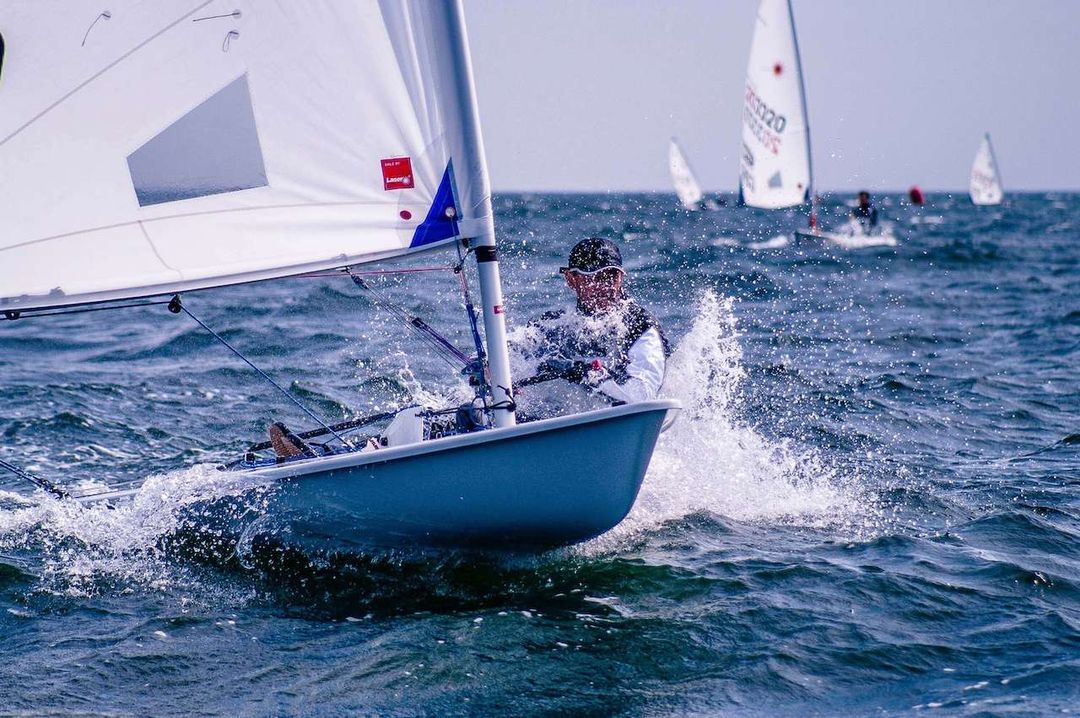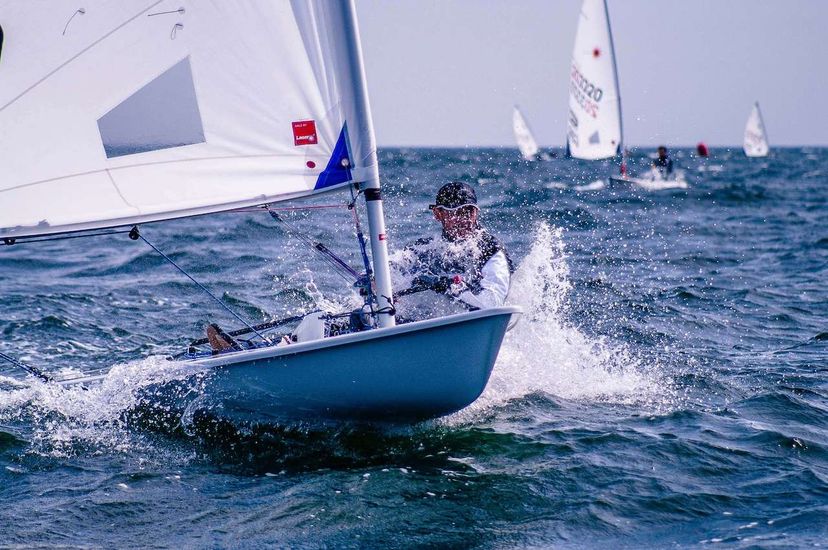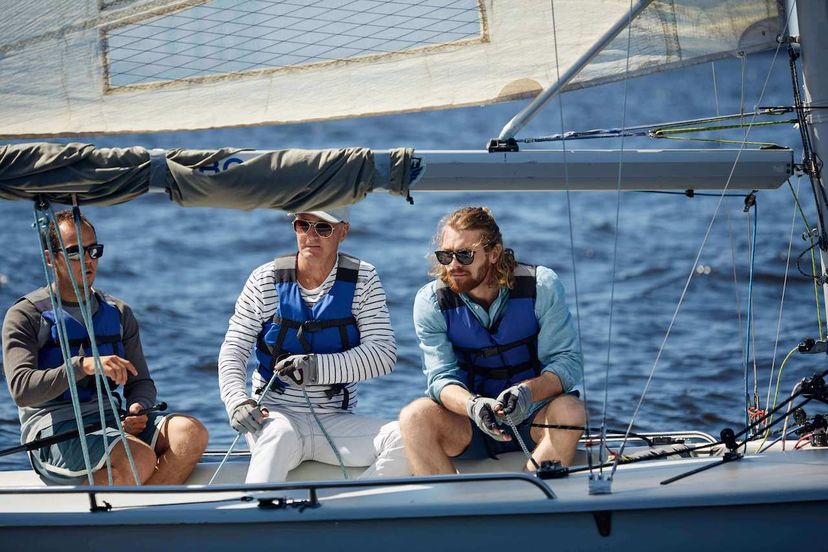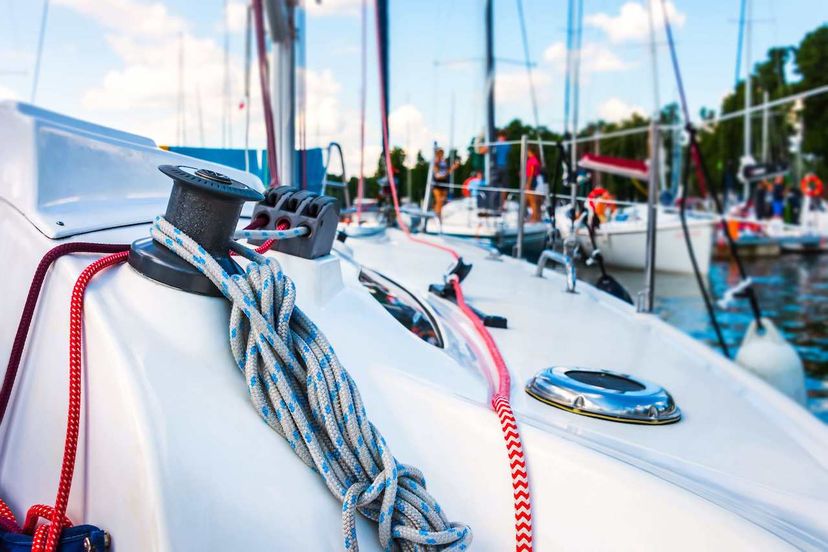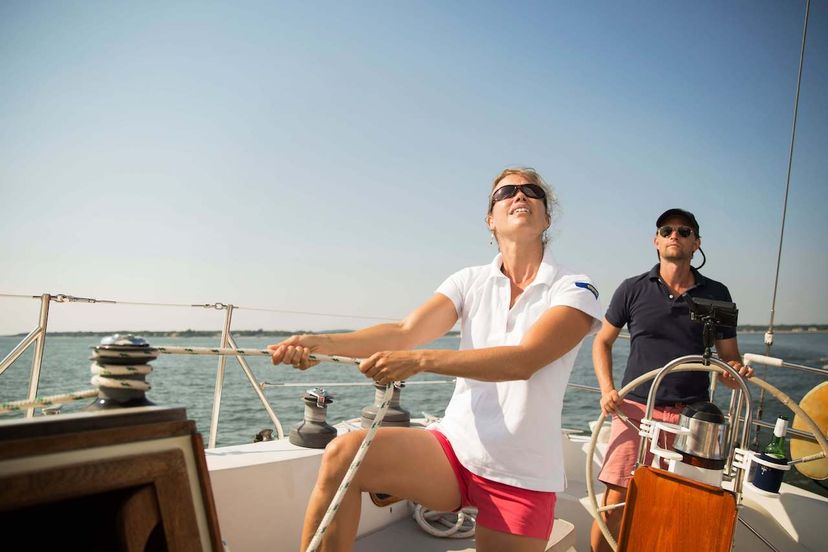Learn To Sail: Learning The Ropes
Embarking on the journey to learn to sail opens up a world of adventure and self-discovery on the vast and dynamic canvas of the open sea. In this comprehensive guide, we delve into the essentials of sailing 101, providing novice enthusiasts with a roadmap to mastering the art of navigating the waters. Whether you're a landlubber intrigued by the allure of billowing sails or a coastal dweller yearning to harness the wind's power, this blog offers a wealth of educational insights into learning how to sail. From understanding the fundamental terminology to grasping the intricacies of sailboat handling, we aim to equip beginners with the knowledge and confidence needed to set sail and navigate the seas with ease. Join us as we chart a course through the basics, ensuring that the process of learning how to sail becomes an enjoyable and rewarding experience.
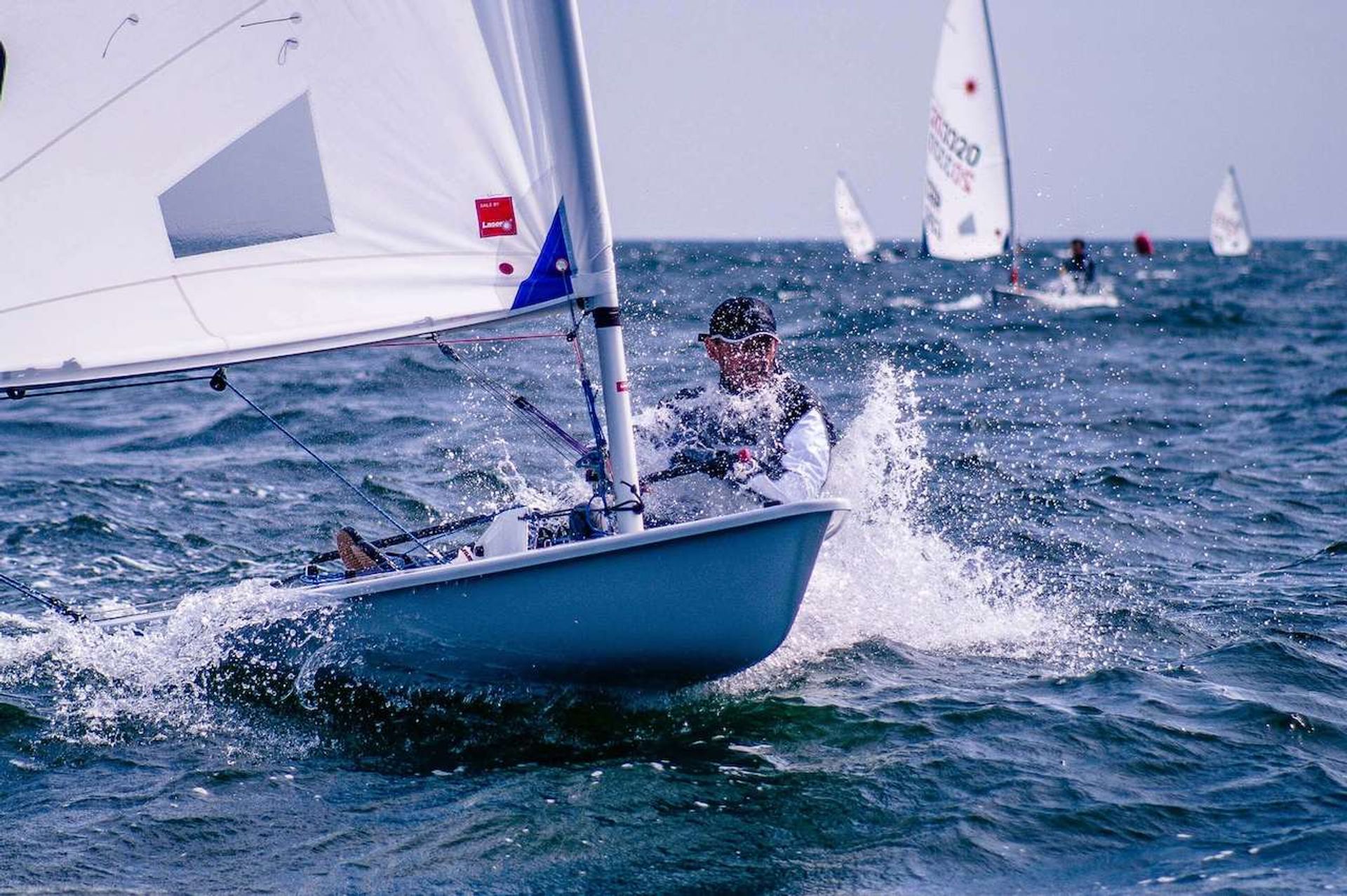
Understanding the Fundamentals of Sailing
As you prepare to set sail, understanding the fundamentals is your compass to a seamless voyage. Let's navigate through the essential aspects that form the basics of sailing.
The Anatomy of a Sailboat
Before you set sail, acquaint yourself with the sailboat's anatomy. From the majestic mast that reaches for the sky to the intricate rigging that holds the sails aloft, each component plays a crucial role in the dance between wind and water. Learn the terminology – from bow to stern, port to starboard – as it forms the language of the sea.
Mastering the Wind
The wind is both your ally and adversary on the open water. Comprehend the basics of wind direction and its impact on your sailboat. Understand the points of sail – from the windward beat to the downwind run – as they determine your course and speed. Sailing is an intricate choreography, and your ability to read the wind is the key to mastering it.
Navigation and Charts
As you venture beyond the shore, navigation becomes an essential skill. Learn to interpret nautical charts, understand buoy systems, and grasp the basics of dead reckoning. Navigation is more than a skill; it's a voyage of discovery that ensures you reach your destination safely.
Sail Trim and Balance
Achieving optimal sail trim is an art form. Understand how to adjust your sails to harness the wind's power efficiently. Explore the delicate dance of weight distribution on your vessel, ensuring balance and stability. Mastery of sail trim and balance transforms your sailboat into a responsive extension of your will.
Knots and Line Handling
Seafaring is a world of knots and lines. Familiarize yourself with essential knots – from the bowline to the cleat hitch – as they secure your vessel and empower you to handle sails with confidence. A sailor's dexterity with lines is a testament to their seamanship.
Rules of the Road
Sailing, like any journey, requires adherence to rules. Familiarize yourself with the nautical rules of the road to ensure a smooth passage and avoid collisions. Clear communication and understanding of right-of-way principles enhance the harmony of shared waters.
Safety at Sea
Safety is paramount. The sea is both enchanting and unpredictable. Embrace a culture of safety by understanding life jacket usage, emergency procedures, and basic first aid. Equip yourself with the knowledge to navigate unexpected challenges, fostering a secure environment for you and your crew.

Terminology Used When Learning How to Sail
Sailing, like any passion, comes with its own lexicon. As you embark on your sailing journey, this glossary will be your compass, helping you decipher the nuances of the wind and waves. So, hoist your sails, catch the breeze, and let the language of the sea become your second nature.
Points of Sail
Windward: The direction from which the wind is coming. Sailing upwind, or close-hauled, is known as beating to windward. Leeward: The opposite of windward, referring to the side sheltered from the wind. Close-hauled: Sailing as closely into the wind as possible without losing speed. Beam Reach: Sailing at a right angle to the wind. Broad Reach: Sailing with the wind coming from behind and the boat angled away from the wind. Running Downwind: Sailing directly downwind.
Sail Trim
In-Boom/In-Mast: Types of furling systems for mainsails, where the sail is rolled up inside the boom or mast. Headsail: The sail set forward of the mast, including the jib and Genoa. Jibing: Turning the boat so that the stern crosses through the wind. Tacking: Turning the bow through the wind to change direction. Telltales: Small streamers on the sail used to indicate airflow and proper trim.
Boat Parts and Directions
Bow: The front of the boat. Stern: The rear of the boat. Port: The left side of the boat when facing forward. Starboard: The right side of the boat when facing forward. Deck: The surface of the boat, excluding the hull.
Navigation and Position
Abeam: At right angles to the boat's centerline, either to port or starboard. Bearing: The direction from one point to another, usually measured in degrees. Dead Reckoning: Navigating based on a previously known position and estimating the current position.
Safety and Equipment
Life Jacket/PFD (Personal Flotation Device): Essential safety gear worn by sailors to provide buoyancy. EPIRB (Emergency Position Indicating Radio Beacon): A distress beacon that aids in search and rescue operations. MOB (Man Overboard): Emergency procedure and acronym for a person who has fallen into the water.
Miscellaneous Terms
Gybe vs. Jibe: Both refer to turning the boat downwind, but "gybe" is commonly used in Europe, while "jibe" is preferred in the United States. Knot: A unit of speed, with one knot equal to one nautical mile per hour. Windward/Leeward Mark: Points in a racecourse that boats must round, with windward marks against the wind and leeward marks downwind.
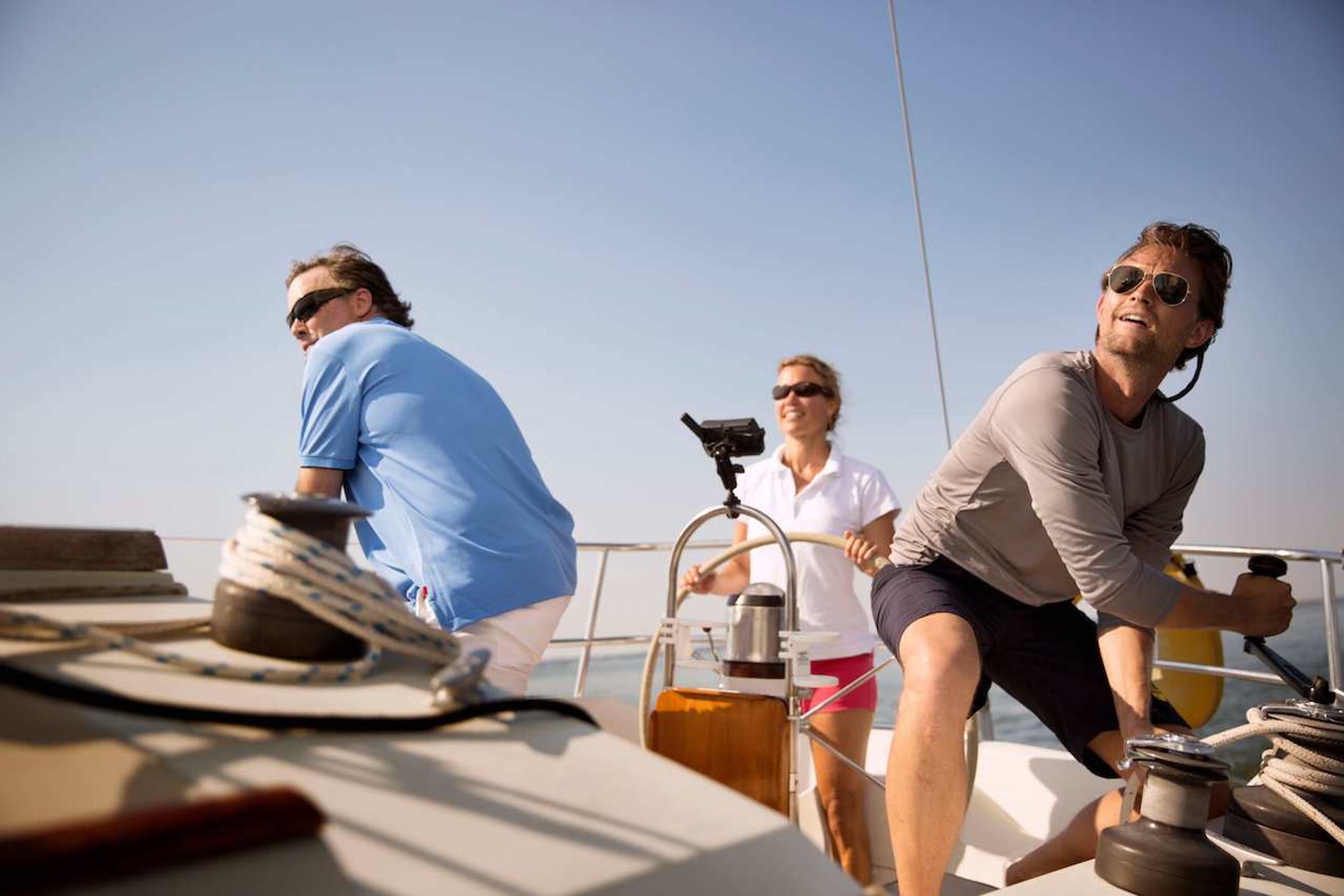
Tips on Choosing the Right Sailboat
Each sailboat possesses its own personality, purpose, and unique characteristics. To help you navigate the myriad options, here's a guide to the different types of sailboats and what makes each a distinctive choice for your seafaring dreams.
Daysailers
Ideal for short excursions and day trips, daysailers are compact and easy to handle. These boats are known for simplicity and maneuverability, making them an excellent choice for beginners. With an open cockpit design, daysailers prioritize the joy of sailing in fair weather conditions.
Cruisers
If the allure of extended voyages beckons, cruisers are the go-to choice. These sailboats feature comfortable living spaces, including cabins, kitchens, and bathrooms. Offering a balance between performance and comfort, cruisers are designed for sailors who relish longer journeys and overnight stays.
Racers
For those with a competitive spirit, racer sailboats are built for speed. Sleek and streamlined, these vessels prioritize performance, often at the expense of extensive onboard amenities. Racers are the choice for regattas and sailors seeking the thrill of high-speed sailing.
Catamarans
Catamarans, with their twin hulls and spacious deck areas, offer stability and ample living space. Known for their speed and resistance to heeling, catamarans are a favorite for cruising in tropical waters. The dual-hull design provides increased comfort and reduced draft.
Trimarans
Trimarans, featuring three hulls, combine the stability of catamarans with the speed of monohulls. These innovative sailboats are known for their exceptional speed and versatility, making them suitable for a range of sailing activities, from racing to cruising.
Dinghies
Dinghies are small, agile sailboats often used for training and recreational sailing. These boats are easily transportable and allow sailors to hone their skills in varying wind conditions. Dinghies are an excellent starting point for beginners learning the basics of sailing.
Classic Yachts
Classic yachts evoke the timeless elegance of traditional sailboats. Often crafted with wood or steel, these boats boast a rich history and craftsmanship. Classic yachts appeal to sailors who appreciate the artistry of sailing and the romanticism of bygone eras.

How to Get Started Learning How to Sail
Getting started with learning how to sail is made accessible and structured through the American Sailing (ASA) 101 course. This comprehensive program serves as an excellent starting point for beginners, providing a systematic approach to mastering the basics of sailing. ASA 101 covers essential topics such as boat terminology, points of sail, sail handling, and safety protocols, all under the guidance of certified instructors. Whether you're a novice eager to set sail for the first time or seeking to refine your skills, the ASA 101 course lays a solid foundation for a lifetime of sailing adventures.
Naos Yachts: The Premier Sailing School in Marina Del Rey
At Naos Yachts, we are the preeminent sailboat dealership and brokerage on the West Coast of the United States. Founded by offshore racer Charles-Etienne Devanneaux, Naos Yachts takes pride in representing the most prestigious international boat brands, including Beneteau, Lagoon, Neel Trimaran, Wellcraft, Fourwins, and Amel. As your gateway to the world of sailing, we offer not only a wide range of top-quality vessels for sale but also a unique opportunity to begin your sailing journey with our exclusive partnership with American Sailing, a leader in sailing education, and Sailtime for our sailing club.
Here at Naos Yachts, we go beyond boat sales and provide a seamless transition into the nautical lifestyle. As the premier boutique sailing and powerboating school in Marina del Rey, our sailing school offers classes on the newest boats and the latest technology, ensuring a modern and comprehensive learning experience. With small, personalized classes – a maximum of three for beginners and four for other levels – we guarantee individual attention and hands-on training.
Learn to Sail With Naos Yachts in Marina Del Rey
Whether you're a novice eager to learn the ropes or a seasoned enthusiast seeking new horizons, our dedicated team at Naos Yachts is here to guide you through the winds and waves. Don't let the opportunity sail away – reach out to us today to start your seafaring adventure or to delve deeper into the myriad services we offer. Smooth seas and exciting voyages await, and we can't wait to welcome you aboard! Contact us now to set sail on a journey of a lifetime. Embark with us at Naos Yachts, where your sailing adventure begins, and the seas become your playground.
FAQs
Is it hard to learn to sail?
Learning to sail can be challenging initially, as it involves acquiring new skills and understanding the dynamics of wind and water. However, with the right instruction and practice, many find it to be a rewarding and enjoyable experience.
How do I start learning sailing?
To commence your sailing journey, start by obtaining the ASA 101 certification. Reach out to us via phone or email to inquire about our courses, and our friendly staff will provide you with information on class availability, schedules, and registration details.
How long does it take to learn to sail proficiently?
Sailing proficiency varies, but with consistent practice, most beginners feel confident within a few weeks. Mastery, however, comes with years of experience.
How do I join a sailing community?
Joining a sailing community is easy. Look for local sailing clubs, online forums, or social media groups dedicated to sailing. Attend events to connect with fellow enthusiasts.
